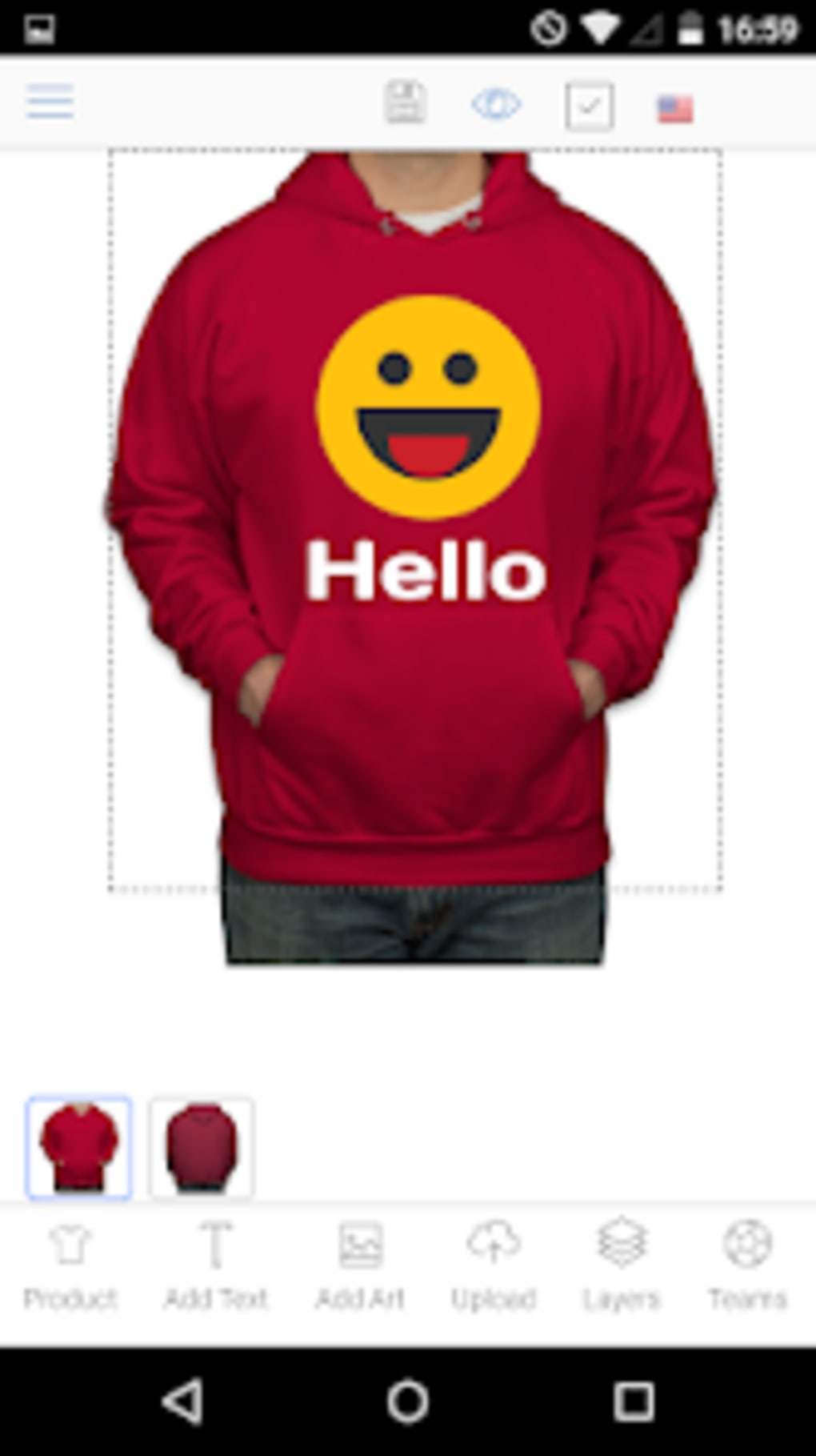What you should Consider When Deciding on the Right Sweatshirt

Sweatshirts are long-sleeved shirts that are typically composed of cotton-rich fabric. They are generally worn casually and aren't as dressy as sweaters or cardigans. They do not usually have an or hood. If you're thinking of purchasing a sweatshirt, here are a few tips:
The appeal of Norma Kamali was spread by the use of sweatshirts
Since the mid-70s In the late '70s, Norma Kamali has transformed the basic sweatshirt into an art. Her designs have become an essential part of every woman's closet. Her unique designs vary from a tummy-tucking crew neckline to leather-paneled sweatshirts. She also has created clothes in unusual designs, like tanks with an extended trumpet skirt.
A collaboration of the designers and the manufacturer of sweatshirt s Everlast resulted in her Timeless line, which became extremely popular when it was featured in the spring catalog of Spiegel. The collection featured knits that could be interchangeable or convertible in classic silhouettes and a lot of pieces were priced at less than $20. Even even if Kamali's Timeless collection wasn't sold in stores, customers were able to find the pieces on eBay or Poshmark.
Merino wool sweatshirts feel more comfortable than sweatshirts with soft fabrics.
Merino wool is renowned for its ability to wick moisture away, which helps to keep you comfortable and dry. This is a naturally-occurring fibre that also offers a more comfortable feel. It also drys quickly in comparison to other natural materials. In addition, it is a sustainable resource. The merino sheep shed their coats each year and grow new coats.
The weight-to-heat ratio of merino wool is one of the reasons it's popular for sweatshirt s. It assists in regulating body temperature due to its natural loft, which traps heat between the fibers. This is why Merino wool sweaters are ideal for summer and outdoor activities like mountain biking, hiking and running. The warmth they offer helps keep the wearer well-hydrated and cool, something that is important for working out.
Zip-front hoodies come with a kangaroo pocket
Kangaroo pocket Hoodies are a well-loved style of hoodies. These hoodies feature a huge pocket at the front which helps keep your hands warm on cold days. They are additionally more practical than conventional pockets because they permit your hands to slide in and out easily.
The pockets of Kangaroos are typically big enough to accommodate a wallet or some other personal items. They're typically big enough to hold one hand in a smaller size or even large enough to accommodate two hands. They feature wide openings on either side and make them ideal for carrying small objects.

French Terry fabric is a popular fabric for sweatshirts

The French Terry fabric is composed of soft yarns that are knit into loops and are typically medium-weight. It is also known for its ability to wick moisture and is pre-shrunk. French Terry is an excellent choice for sweatshirts because it keeps you warm when you require it and helps keep your cool when you want to cool down.
French Terry is also very popular for casual wear, as it is stretchy and has enough flexibility to feel good on your skin. It also allows enough air to circulate around the fabric, making it ideal for layering under other clothes. In addition, because it's lighter than most sweatshirts you can wear it all through the year without feeling warm or cold.
Hoodies can be classist.
While it could appear that hoodies are simply clothes that are appropriate for people of the working class however, in reality they have a classist connotation. Hoodies were first popularized in the early 1970s , in New York, where graffiti artists would wear them to conceal their identities. In 1976 the hoodies made their big film debut in "Rocky," when the character from the working class wore grey sweats with hoods during his memorable climb up the steps of the Philadelphia Museum of Art.
Hoodies are frequently associated with destruction, death, and other undesirable things, and yet they also serve practical purposes. For instance, monks and priests might wear hoods in order to display modesty and inward focus.
